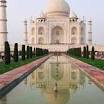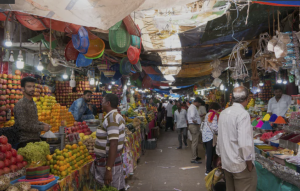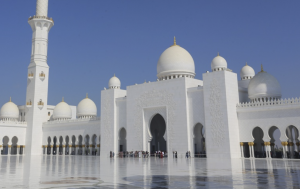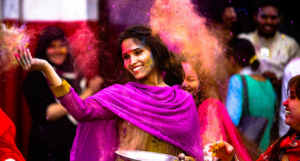Architecture and art
The most well-known Indian architecture is the Taj Mahal, built by Mughal emperor Shah Jahan to honor his wife, Mumtaz Mahal which combines elements from Islamic, Persian, Ottoman Turkish and Indian architectural styles.

India is well known for its Bollywood film industry, which began in 1896 when the Lumière brothers introduced the art of cinema in Mumbai, and are famous for their elaborate singing and dancing.
Indian dancing style, music, film and stage traditions dated back more than 2,200 years ago with the major famous classical dance traditions like Bharata Natyam, Kathak, Odissi, and Kathakali which themes ranging from mythology to literature with rigid presentation rules.
Indian horns are similar to horns that are made in Ireland, possibly because the two countries exchanged ideas and techniques in making musical instruments during the Bronze Age.
Indian clothing has many similarities to the colorful traditional silk saris – clothing for men. The dhoti is an unstitched cloth tied around the waist and legs; or a kurta – a loose shirt about knee-length. In special occasions, men use a sherwani or achkan, which is a long coat that with a collar without lapel and buttoned up to the collar and down to the knees. A shorter type of a sherwani is a Nehru jacket, named after India’s prime minister from 1947 to 1964 although he never wore a Nehru jacket.
Customs and celebrations
Diwali is the largest and most important holiday of Indian which last five-day and known as the festival of lights because the lights are lit throughout the celebration to symbolize the inner light that protects people from dark spirits. Holi, the festival of colors, also known as the festival of love, is the most popular festival in the spring. The country also celebrates Republic Day on Jan. 26 , Independence Day on Aug. 15 and Mahatma Gandhi’s birthday on Oct. 2.



